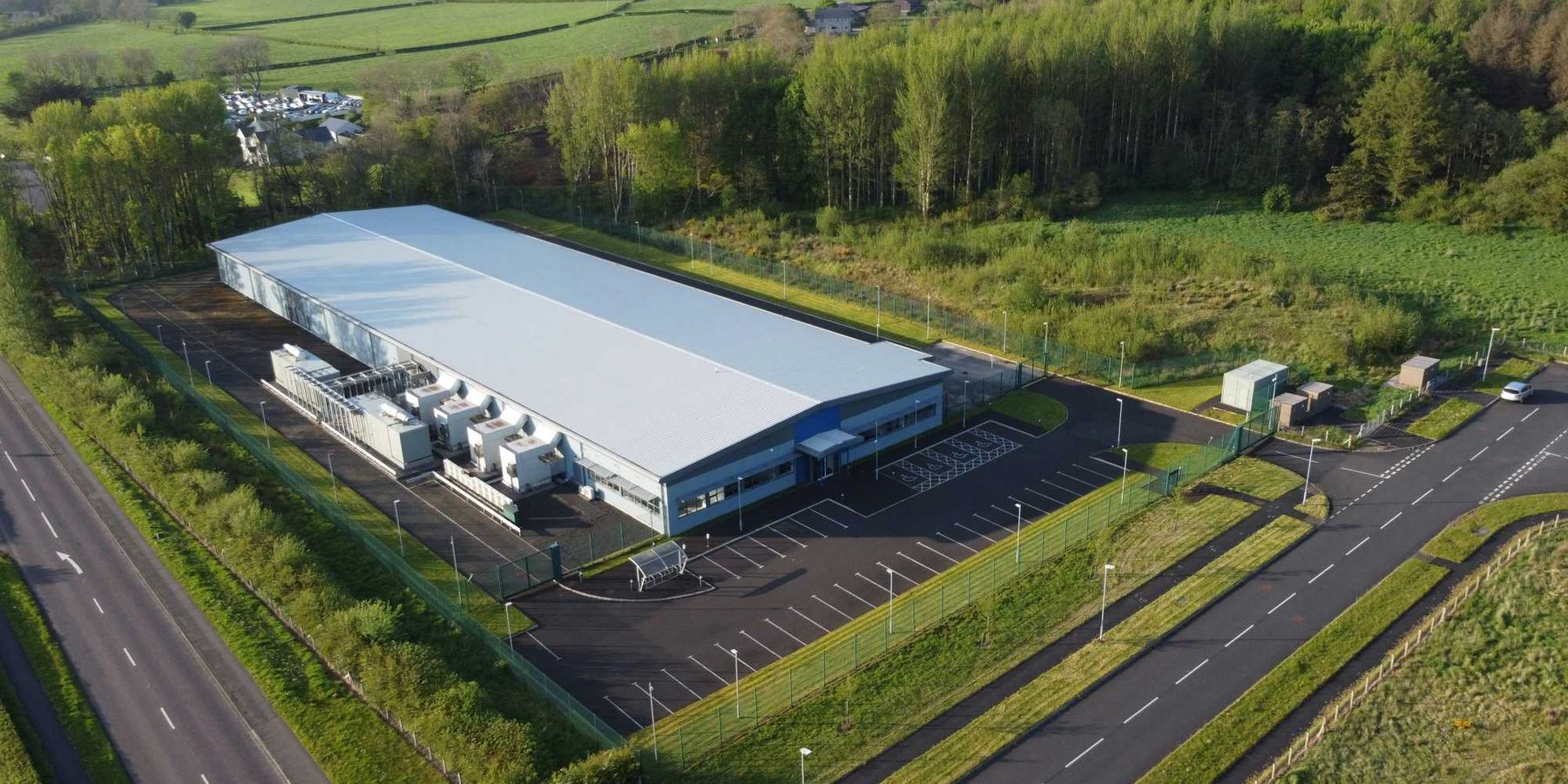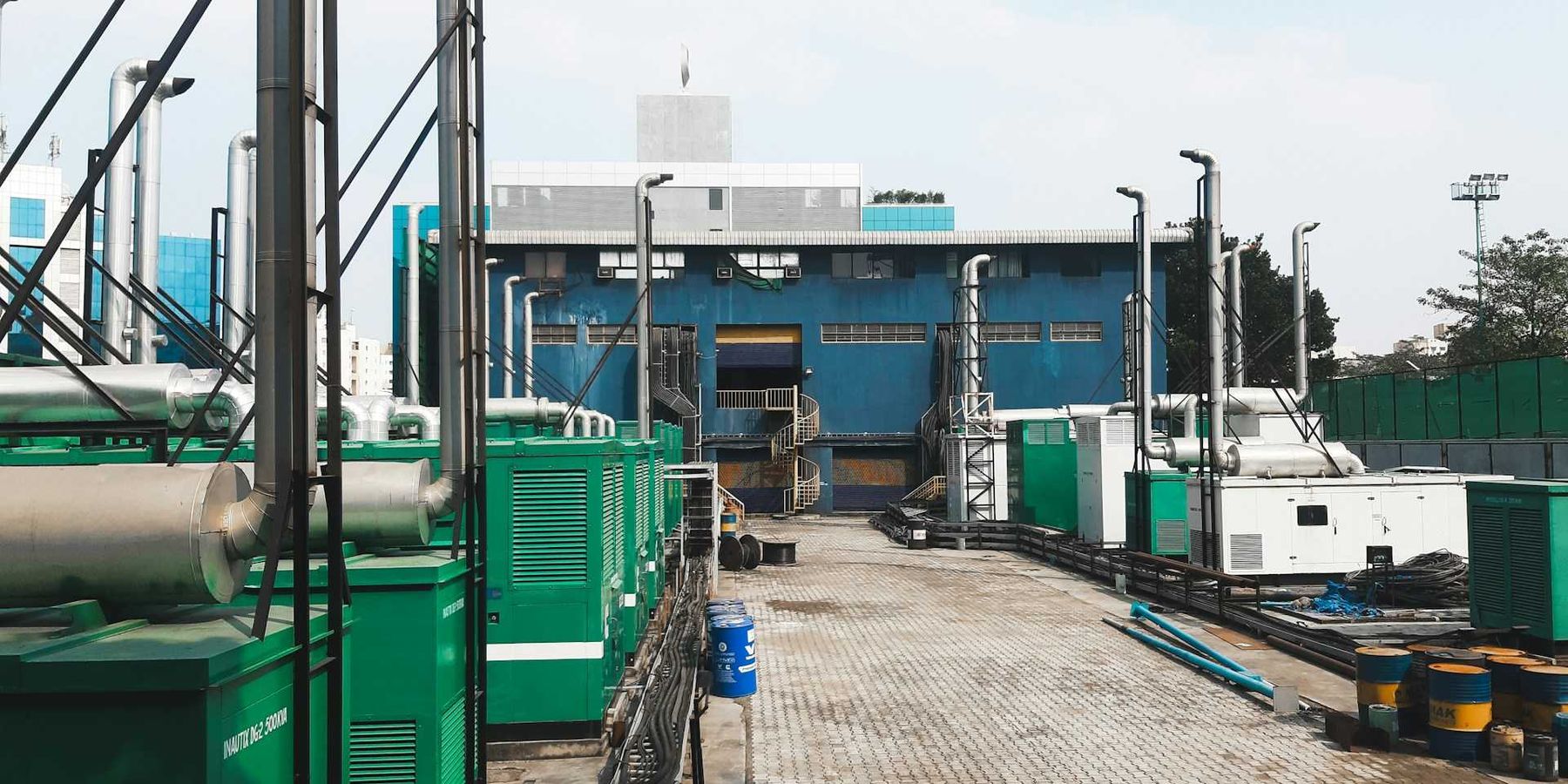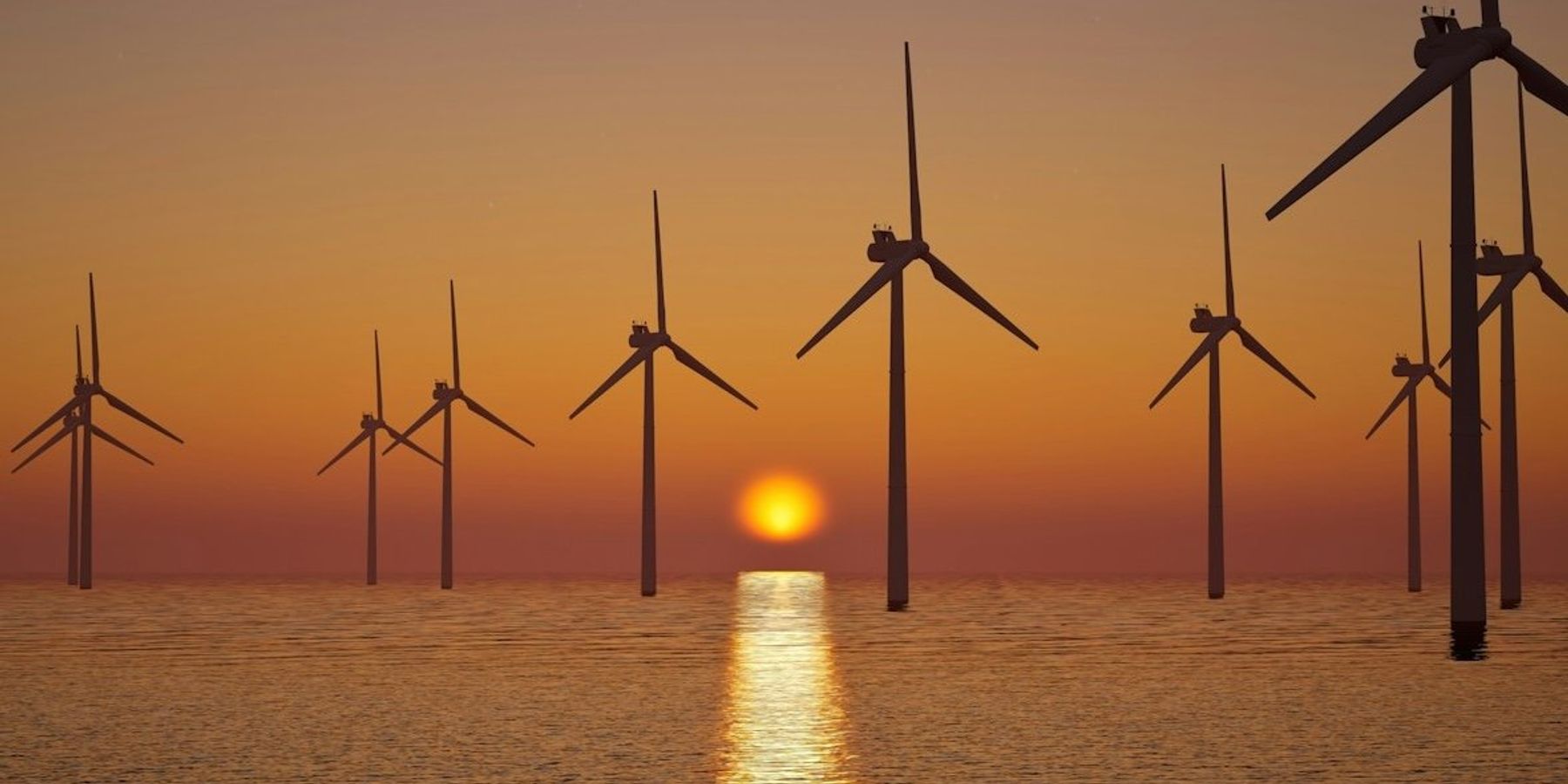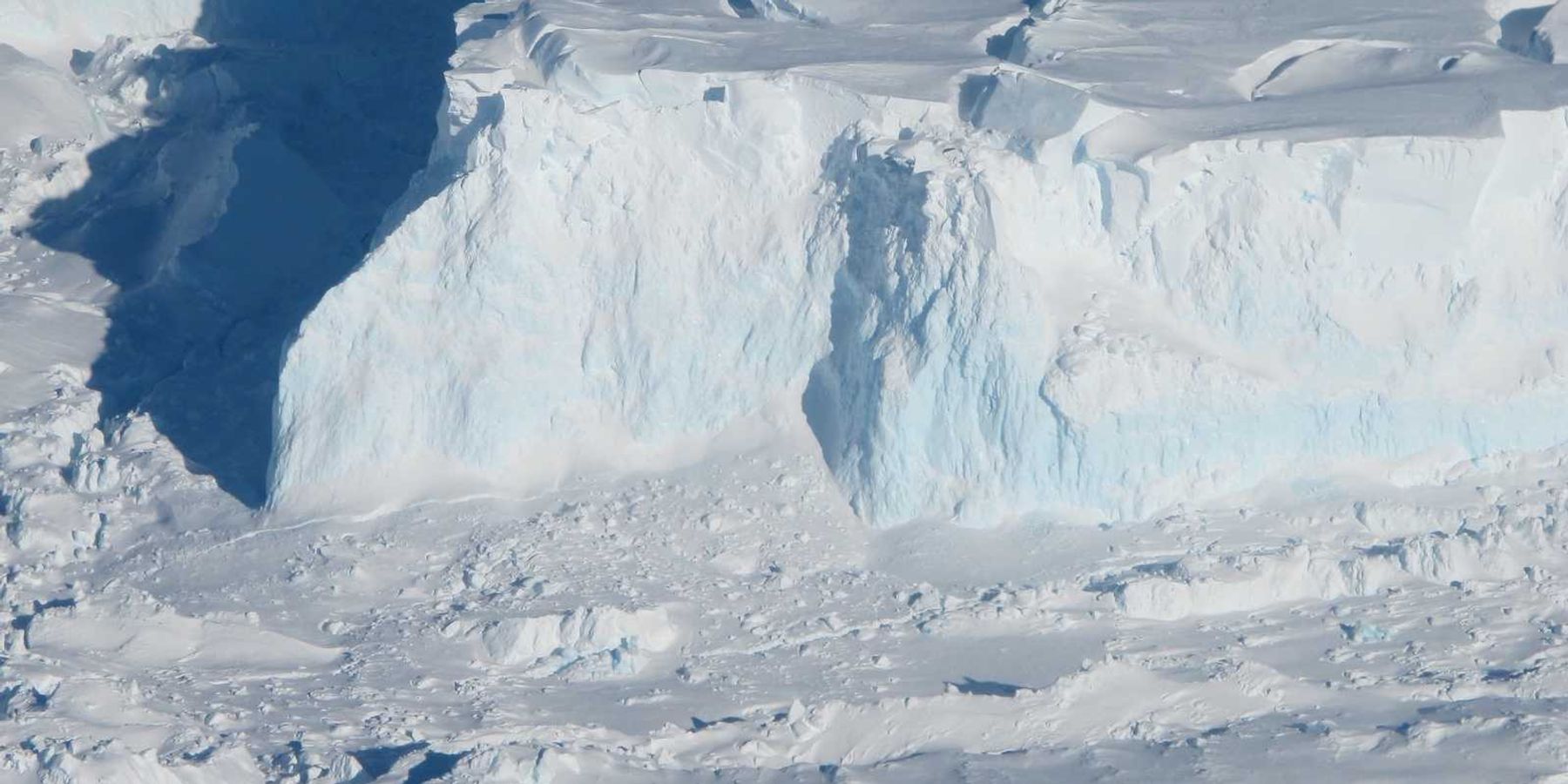NOAA facility closures could threaten weather forecasts and public safety
The Trump administration is considering closing key facilities of the National Oceanic and Atmospheric Administration (NOAA), a move that scientists and industry groups warn could weaken weather forecasting, disrupt businesses, and endanger public safety.
Scott Dance reports for The Washington Post.
In short:
- The General Services Administration is reviewing whether to sell or stop leasing three NOAA facilities, including a satellite operations center and a weather prediction hub.
- NOAA’s workforce is already at a historic low, and further cuts could impact industries reliant on weather data, such as insurance, agriculture, and fisheries.
- Scientists warn that losing access to NOAA’s data could have lasting consequences for climate research, disaster preparedness, and economic stability.
Key quote:
“This will literally bankrupt the U.S.”
— Brad Panovich, chief meteorologist at WCNC-TV
Why this matters:
A potential reduction in NOAA’s capabilities — whether through budget cuts, facility closures, or staffing shortages — could have widespread consequences. Weather forecasting relies on a network of sensors, buoys, and satellites, all feeding into complex models that help predict storms days or even weeks in advance. Less funding for NOAA means fewer data points, less accurate predictions, and greater uncertainty for decision-makers.
The timing is particularly concerning. Climate change is intensifying hurricanes, wildfires, and heat waves, making precise forecasting more crucial than ever. Emergency managers depend on NOAA data to determine when to issue evacuation orders, farmers use it to decide when to plant and harvest crops, and insurers set policy rates based on weather risk assessments. A less effective NOAA could mean more surprises — and more costly disasters.
Read more: Standing up for science: Around the world, scientists protest Trump threats to their work













